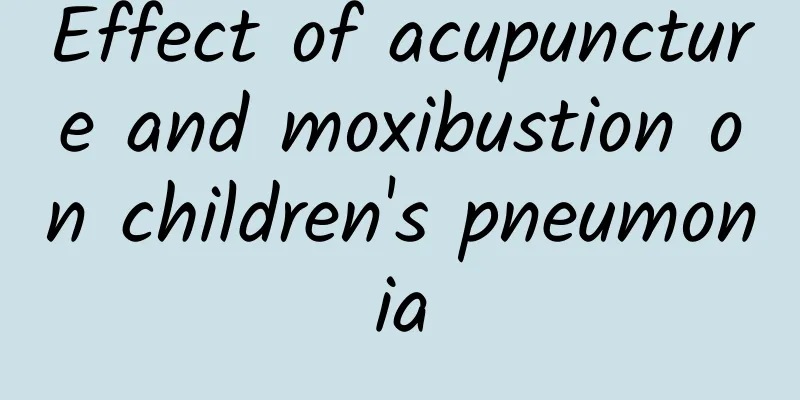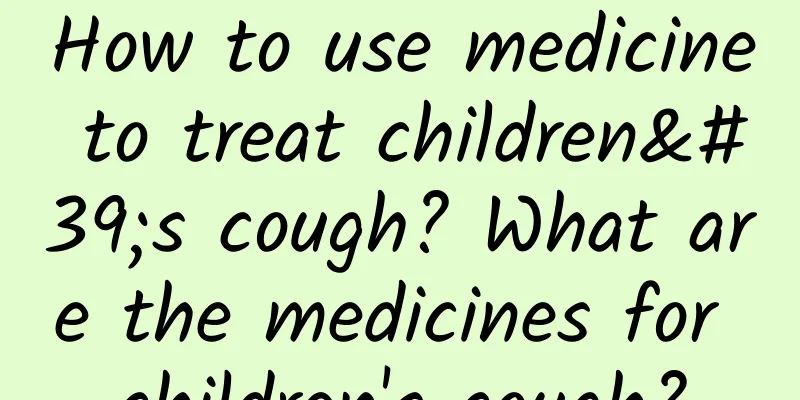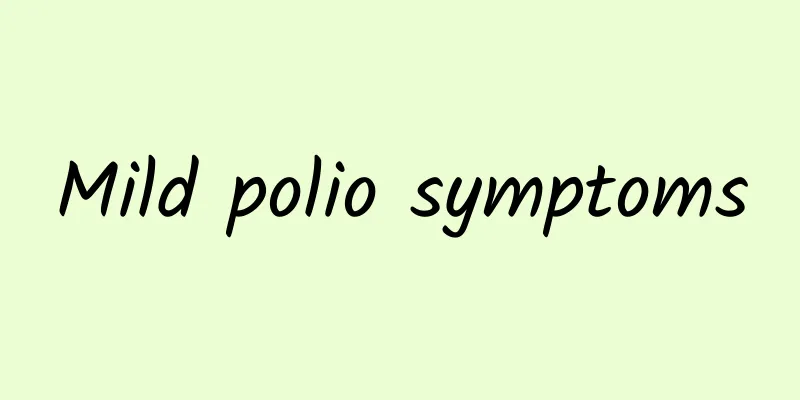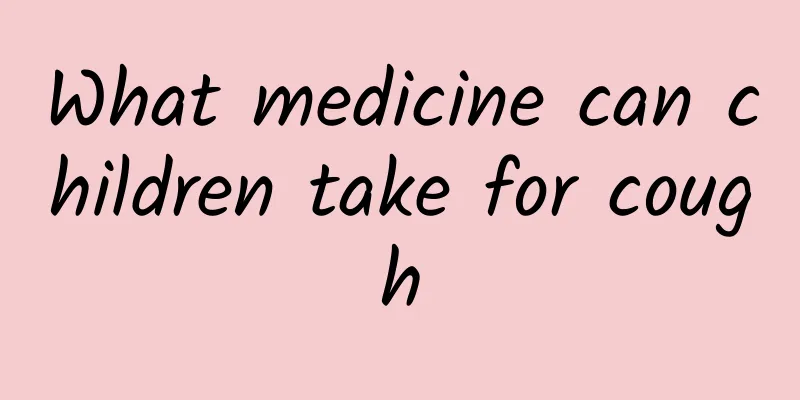What is hand, foot and mouth disease? What should I do if my baby has hand, foot and mouth disease?

|
Hand, foot and mouth disease is a very fast-spreading infectious disease. Many people, especially children, are very susceptible to hand, foot and mouth disease. However, many people, such as some parents, do not know much about this disease and do not know how to deal with it. So what is hand, foot and mouth disease? What should I do if my baby has hand, foot and mouth disease? 1. Introduction to Hand, Foot and Mouth Disease Hand, foot and mouth disease is one of the common infectious diseases caused by enterovirus. It spreads quickly and is easy to spread. It is prevalent in summer and autumn, and mostly occurs in infants and young children under 5 years old. It can cause fever and rashes and ulcers on the hands, feet, mouth and other parts. Ulcers appear after the herpes in the mouth breaks. The children are in unbearable pain, crying, irritable, drooling, unable to eat, and have yellow urine. In severe cases, they may have symptoms such as fever, runny nose, and cough. Hand, foot and mouth disease can usually be cured within a week, but if the herpes has broken before, it is very contagious. Some patients may develop fatal complications such as myocarditis, pulmonary edema, aseptic meningitis, and meningoencephalitis. 2. Commonly used drugs for hand, foot and mouth disease Mild patients: antiviral, anti-infection, and systemic supportive treatment can be given; severe patients should also closely monitor changes in their condition, especially the functions of important organs such as the brain, lungs, and heart; critically ill patients should pay special attention to monitoring blood pressure, blood gas analysis, and chest X-rays. Antiviral drug treatment: commonly used are acyclovir, valacyclovir, famciclovir, and traditional Chinese medicine. As highly effective and broad-spectrum antiviral drugs, they have the effect of significantly shortening fever and skin lesion healing time and relieving oral herpes pain. Immunomodulatory drug treatment: improve the body's immunity, resist viral infection, and prevent the recurrence of viral diseases. Commonly used drugs include transfer factors, thymosin, and other drugs. Anti-infection treatment: local mouthwash drugs can be used for gargling and application. Supportive therapy: strengthen nutrition and fluid replacement. And strengthen symptomatic treatment and do a good job of oral care. Severely ill patients require hospitalization. 3. Symptoms and characteristics of hand, foot and mouth disease 1. The incubation period of hand, foot and mouth disease is generally 2 to 7 days. The initial symptoms are very similar to those of a cold, including fever, cough, runny nose, loss of appetite, nausea, vomiting, headache, etc. 2. After one to two days, rice-sized blisters and rashes may appear on the hands, feet, mouth, pharynx, soft palate, etc., and may also be seen on the buttocks and near the anus. 3. Some children do not have fever, and only have rash as the main symptom. Some children may also have aseptic meningitis, encephalitis, myocarditis, etc. The whole course of the disease is about 5 to 10 days, and most of them can recover on their own, with a good prognosis. 4. When your child shows any of the following 6 conditions, please take your child to a regular hospital for treatment as soon as possible! 1. Continuous high fever: body temperature (axillary temperature) is greater than 39°C, and conventional antipyretic effects are ineffective. 2. Neurological manifestations: Mental depression, vomiting, easy fright, limb tremors, weakness, unsteady standing or sitting, etc., and in very rare cases, increased appetite. 3. Abnormal breathing: breathing becomes faster, slower or irregular. 4. Circulatory dysfunction: cold sweats, cold limbs, skin patterns, increased heart rate, high blood pressure, etc. 5. Excessive sleepiness during the day, easy awakening, and irritability. 6. Difficulty breathing. 4. Disinfection and Isolation Once the baby is found to be infected with hand, foot and mouth disease, he should seek medical treatment in time and avoid contact with the outside world. Generally, he needs to be isolated for 2 weeks until the fever and rash subside and the blisters are scabbed. The items used by the baby should be thoroughly disinfected. They can be soaked in chlorine-containing disinfectants. Items that are not suitable for soaking can be exposed to the sun. The baby's room should be ventilated regularly to keep the air fresh, circulating, and the temperature appropriate. Families with conditions can use lactic acid fumigation for air disinfection every day. Reduce the number of people entering and leaving the baby's room, prohibit smoking, prevent air pollution, and avoid secondary infection. 5. Oral care Babies may refuse to eat, drool, cry and stay awake due to oral pain. Keep the baby's mouth clean and rinse the mouth with saline before and after meals. For babies who cannot rinse their mouths, you can use a cotton swab dipped in saline to gently clean the mouth. You can apply vitamin B2 powder directly to the oral erosion area, or apply cod liver oil, or take vitamin B2 and vitamin C orally, supplemented by ultrasonic atomization inhalation, to relieve pain, promote early healing of erosion, and prevent secondary bacterial infection. 6. Rash care 1. Baby's clothes and bedding should be clean, comfortable, soft, and changed frequently. 2. Cut your baby's nails short and wrap your baby's hands if necessary to prevent scratching the rash. 3. For babies with rashes on their buttocks, their urine and feces should be cleaned at all times to keep their buttocks clean and dry. 4. In the early stage of skin rash on the hands and feet, you can apply calamine lotion. When herpes is formed or ruptured, apply 0.5% iodine tincture. 5. Pay attention to keep your skin clean to prevent secondary infection. 7. Pay attention to cooling down Hand, foot and mouth disease in children is generally a low-grade or moderate fever, and no special treatment is required. You can let your baby drink more water. For babies with a body temperature between 37.5℃ and 38.5℃, physical cooling such as heat dissipation, drinking more warm water, and taking a warm bath should be given; change clothes in time during the fever reduction period and after sweating to prevent cold. If the high fever persists, medication should be used to reduce the temperature as prescribed by the doctor. 8. Diet and nutrition The baby should rest in bed for 1 week and drink plenty of warm water. The child has a poor appetite due to fever and oral herpes and is unwilling to eat. It is advisable to give the baby light, warm, delicious, easily digestible, soft liquid or semi-liquid food. The food temperature should be slightly warm and slightly cool. It should not be too salty to reduce the irritation to the oral ulcer surface. Avoid spicy food. For children who are in obvious pain and refuse to eat, appropriate intravenous rehydration should be given. 9. Pay attention to changes in the condition Since the enterovirus that causes hand, foot and mouth disease also has the characteristics of attacking the brain and heart, it can cause complications such as meningitis and myocarditis. Therefore, parents should closely observe changes in their children's condition. If the child has high fever, severe headache, vomiting, pale complexion, crying and restlessness, or drowsiness, they should seek medical treatment in time. |
>>: Will children with mumps cough?
Recommend
The most serious dangers of pneumonia in children
Nowadays, most young men and women lack experienc...
How to diagnose hernia in children
How is hernia diagnosed in children? 1. An oval m...
What vegetables are good for children with diarrhea? What vegetables can children eat with diarrhea?
Children have poor resistance and are easily infe...
Is jaundice hepatitis contagious?
Whether jaundice hepatitis is contagious depends ...
What are the symptoms of mumps in children?
If a child is found to have swollen parotid gland...
What is the correct way to treat jaundice in children?
Everyone knows that sunbathing is good for people...
Is there any harm in having long-term jaundice?
Long-term high jaundice may cause multi-organ dam...
What are the symptoms of polio?
If many people are sick, we must take it seriousl...
What to do if your 20-day-old baby has moderate jaundice
Jaundice can be divided into physiological jaundi...
What should we pay attention to when preventing and treating diarrhea in children? What kind of food should children avoid when they have diarrhea?
Children's diarrhea is caused by rotavirus in...
What is the difference between cerebral palsy and polio in children?
Polio patients do not know the difference between...
What is the name of the drug used to treat ADHD in children?
Drugs used to treat ADHD in children mainly inclu...
Experts talk about how to treat Kawasaki disease in children
Every child should have a good lifestyle in life,...
How to care for children with pneumonia in winter? Two key points to determine infant pneumonia
Winter is very harmful to babies, especially chil...
Symptoms of Tourette Syndrome
Tourette syndrome is a neurodevelopmental disorde...









